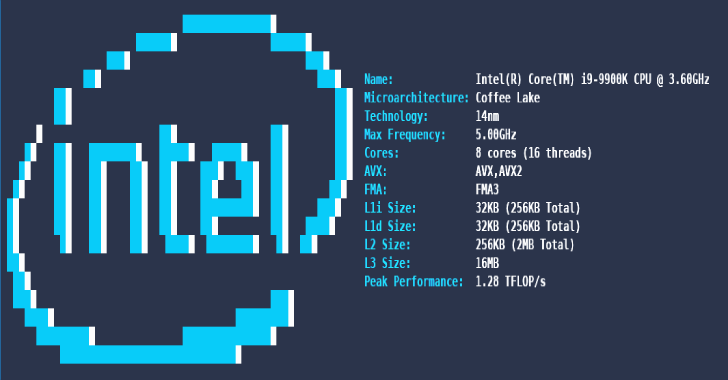MUI (Manticore User Interface) project, we provide a graphical user interface plugin for Binary Ninja to allow users to easily interact with and view progress of the Manticore symbolic execution engine for analysis of smart contracts and native binaries.
ATTENTION This project is under active development and may be unstable or unusable. Please open an issue if you have any difficulties using the existing features. New feature development will be considered on a case by case basis.
Aside from the Python requirements, we require the following:
- Binary Ninja (latest development version) with GUI
git submodule update --init --recursivefor Manticore submodule
MUI requires a copy of Binary Ninja with a GUI. Currently we are testing against the latest dev release(s) (2.4.2901-dev at time of writing).
Manticore only operates on native binaries within a Linux environment. EVM support has only been tested on Mac and Linux, and it requires the installation of ethersplay.
Python dependencies are currently managed using requirements.txt and requirements-dev.txt. You can run make init to set up a development environment.
- Make the project available to Binary Ninja by creating a symbolic link to the plugins directory. From within the root of this repo, run the following:
For Mac
ln -s “$(pwd)/mui” “${HOME}/Library/Application Support/Binary Ninja/plugins/mui”
For Linux
ln -s “$(pwd)/mui” “${HOME}/.binaryninja/plugins/mui”
- Make sure Binary Ninja knows about our Python virtual environment.
- Open Binary Ninja’s “Preferences” -> “Settings” -> “Python” and ensure the “Python Interpreter” is correctly set to the Python path associated with the current virtual environment. Reference
venv/pyvenv.cfgto find the base path. - Copy and paste the absolute path of the MUI project into Binary Ninja’s “Python Virtual Environment Site-Packages” and add the required
/venv/lib/python3.<minor_version>/site-packagessuffix for the site-packages path. - Restart Binary Ninja if necessary.
- Open Binary Ninja’s “Preferences” -> “Settings” -> “Python” and ensure the “Python Interpreter” is correctly set to the Python path associated with the current virtual environment. Reference
Installing currently listed dependencies:
make init
For Mac (will be similar for Linux)
export PYTHONPATH=”/Applications/Binary Ninja.app/Contents/Resources/python:/Applications/Binary Ninja.app/Contents/Resources/python3″
Activating the python virtual environment (do this before running other make commands):
$ . venv/bin/activate
Code style and linting can be followed by running the following:
$ make format $ make lint
Tests for code without Binary Ninja interaction can be run if you have a headless version of binary ninja available, otherwise only non-Binary Ninja tests will be run:
$ make test
Adding a new dependency can be done by editing requirements.txt or requirements-dev.txt and then running the following in the virtual environment:
$ pip install -r requirements-dev.txt -r requirements.txt
Usage (Native)
All MUI features can be accessed through either the right-click context menu or the command palette. Common features include:
- Find Path to This Instruction / Remove Instruction from Find List
- Avoid This Instruction / Remove Instruction from Avoid List
- Add/Edit Custom Hook
- Solve With Manticore / Stop Manticore
And the following widgets are available:
- State List WidgetShows all the Active/Waiting/Complete/Errored states during manticore execution. Double-clicking a certain state navigates you to the current instruction of that state and renders its provenance tree in the graph widget.

- State Graph WidgetShows the provenance tree for a certain state selected in the list widget.
Tabcan be used to expand/collapse the graph and double-clicking any of the state nodes navigates you to the current instruction of that state.

- Run DialogThe run dialog is shown when you invoke the
Solve with Manticorecommand. It allows you to configure the various manticore options, and the changes will be saved to thebndbfile. Some example configs include using a combination ofLD_PRELOADandLD_LIBRARY_PATHenvironment variables to run the binary with custom glibc.

- Custom Hook DialogThe custom hook dialog can be accessed using the
Add/Edit Custom Hookcommand. It allows you to define a custom manticore hook at the selected address. You also have full access to the Binary Ninja API which allows you to add highlighting, comments, and more. A defined hook can be removed by setting the code input field to blank.

Usage (EVM)
EVM support is currently a bit limited. MUI EVM only supports the same feature set as the Manticore CLI tool. Available commands include:
- Load Ethereum Contract
- Solve With Manticore / Stop Manticore
And the following views are implemented:
- EVM Run DialogThe run dialog is shown when you invoke the
Solve with Manticorecommand. It allows you to configure the various manticore options, and the changes will be saved to thebndbfile.

- Run ReportThe report page shows the result of a manticore execution. It displays all the files produced using the Binary Ninja UI.















.png)

